Photos of Survival – How Herman Lewinter Endured the Holocaust
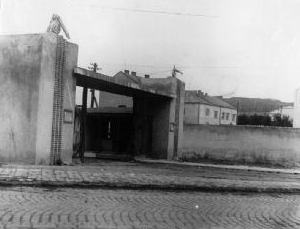
The entrance gate to the Janowska camp. The outside of this gate was meant to look presentable, so the prisoners who would enter would not suspect the horrors inside.
Unlike many survivors of the Holocaust who were unwilling or unable to speak of the horrors they endured, survivor Herman Lewinter never stopped telling his story.
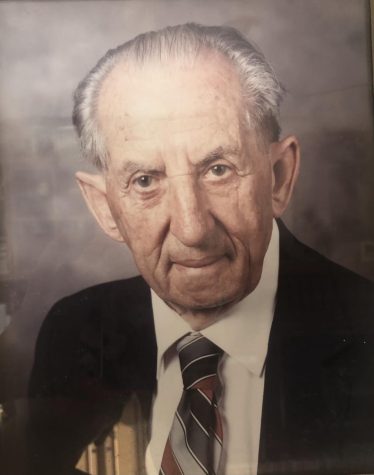
“When I was old enough to understand, he always answered my questions honestly whenever I mustered the will,” Mimi Werner, Lewinter’s daughter, recalled.
Although Lewinter passed away in 1999, his legacy is immortalized through his incredible story of survival against the Nazi regime.
Born in Zloczow, a small Ukrainian town, in 1907, Lewinter faced many challenges in his early years, including the death of his father and discrimination against the Jewish communities in the region. He and his family eventually moved to Poland, where they witnessed the rise of fascism and the brutal occupation by the German army.
Lewinter and his family were taken into custody by Nazi authorities because of their Jewish beliefs, which took his life on a dramatic turn. He was transported to the Janowaska death camp, where he witnessed the murder of fourteen of his family members, including his oldest son. However, he managed to stay alive by using his unique skill – photography.
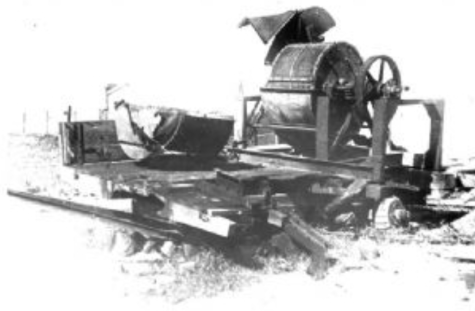
“I was a photographer. The Nazis ordered me to go around the camp and snap anything that I see,” Lewinter said in a 1992 United States Holocaust Memorial Museum Oral Interview.
Despite strict orders from the Nazis not to take pictures of the atrocities occurring within the camp, Lewinter disobeyed and secretly captured images of life and death within the concentration camp. His photographs provided a record of the horrors he and others endured and ensured their stories would not be forgotten.
“Here’s a picture of partisans hanging. Here’s the last Jewish band playing at a selection. Here’s the machine they used to crush the bones. Here are some of the officers on horses. Here are the barracks. Here’s the dog grabbing people by the throat,” Lewinter explained.
Lewinter risked his life each time he took a picture, carefully hiding his camera from the watchful eyes of the Nazi guards.
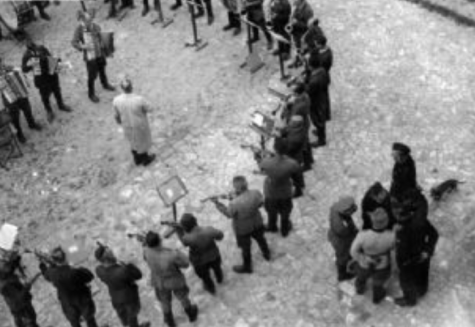
“You had to be very careful. You see, I was the last photographer in this camp. I snapped pictures so there should be a memory of what happened,” Lewinter said in 1992.
In addition to capturing these photos, Lewinter was secretly plotting his escape. Every week, the Nazis allowed him to leave the camp to purchase photography supplies from a nearby town. He would rush to get his supplies, then sneak over to the fence surrounding the concentration camp and dig.
Week after week, he would return to the site, slowly expanding and chipping away at the dirt, hoping his plan would not be discovered. Finally, he staged his escape, taking whoever he could with him, including the photographs he had taken of the atrocities committed by the Nazis.
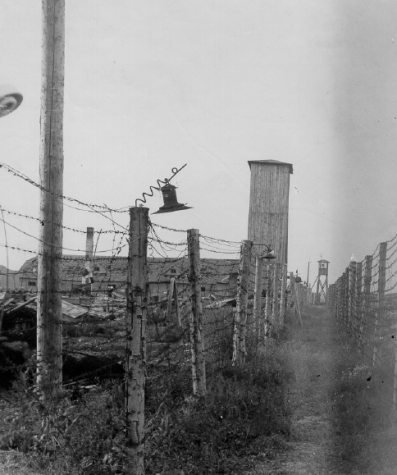
“Through luck, planning, and patience, he heroically escaped, rescuing 17 others as well,” Werner recalled.
He and his group hid in the basement of a devout Catholic woman for over nine months until liberation.
After the war ended, Lewinter and his future wife, who was among the people he rescued, married and had two children. They immigrated to the United States and settled in upstate New York. There, he created a successful bungalow colony and rekindled his love for photography.
He set up a life for himself and his family in upstate New York, his new life helping him move away from the darkness of his past, letting him forge new experiences.
“They already stole 10 years of my life, murdered my family, and took my home and all I had,” Lewinter said. “Why should I give them one minute more of my future by spending my time in hate? They don’t deserve it.”
He continued to carry this mindset throughout his life instead of being consumed by hate.
“Hate is a fruitless endeavor; it taps your positive energy, colors the world darkly, hurts your soul, and doesn’t do anything to your enemy. It serves no purpose and is like drinking poison and hoping your enemy will die,” Lewinter said.

Mimi Werner, the daughter of Herman Lewinter, gave birth to two children in upstate New York. One of her children, Clara Dougherty, relocated to the community of Carlsbad, CA in 2008.
As for the multitude of illicit photos he took within the concentration camp, they eventually made their way to the Nuremberg trials where they were used as evidence against the Nazis.
Lewinter’s photos helped convict multiple Nazis, bringing justice to the people in his camp that they killed. Nowadays, Herman Lewinter’s photos of survival reside in Holocaust museums on multiple continents including the United States Holocaust Museum and Yad Vashem in Israel. They serve as a powerful reminder of the horrors committed by the Nazis and the bravery of those who stood up against them.
“Oh yes, I’m proud, but you wouldn’t find me talking about that. I’m a man who’s not looking for coved,” the Yiddish word for “honors,” said Lewinter. “I saved people. I got those 18 people out, and I gave food to people, but this is between me and God, as well as what I sent to Nuremberg.”
—
Herman Lewinter is the great-grandfather of Jacob Dougherty.



Holden Kopman ◊ May 9, 2023 at 8:54 am
Congrats on not only writing a best of SNO worthy article, but sharing a deep perspective on a brutal time in history. You have done your great grandfather an honorable service!
– Chat GPT (or not)
Joe ◊ May 9, 2023 at 8:52 am
Congrats bro
Georgia Scherrer ◊ May 9, 2023 at 8:51 am
fantastic story Jacob! congrats on best of SNO!
Carole Dougherty ◊ May 5, 2023 at 12:10 pm
Wish I could have met Grampa Herman….